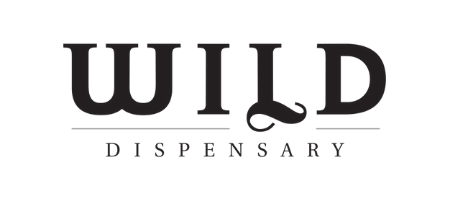The Gender Health Gap: Why Being A Woman Could Be A Medical Disadvantage
One glaring issue is the inequality in medical research. Historically, men have been the preferred subject in clinical studies. This not only leaves women underrepresented, it often means the results are irrelevant to women.
Fun fact for you - there is five times more research into erectile dysfunction (which affects 19% of men) than into premenstrual syndrome (PMS), which impacts 90% of women. This lack of research not only leads to gaps in understanding and treating conditions that disproportionately or exclusively affect women but also hides women’s health issues.
Related: 4 Herbs For PMS And Menopause That Every Woman Needs To Know About
Even when the studies included both sexes, male participants’ data dominated. For example, many cardiovascular studies generalise findings based on predominantly male subjects, despite women having very different heart disease symptoms and risks. This difference can lead to misdiagnosis and poor treatment options for women.
🌿Related: 5 Powerful Herbs For Heart Health: Cardiovascular Wellness Naturally

A key factor in the gender health gap is the hormonal differences between men and women. Women’s hormonal cycles influence everything, from metabolism to how effectively the medication prescribed works or is tolerated. For instance, during the luteal phase of the menstrual cycle, changes in hormone levels can reduce the effectiveness of certain medications such as antidepressants and ADHD medications. Yet, this critical information is rarely considered in treatment plans, leaving many women suffering.
Adjusting medication dosages to align with hormonal fluctuations could easily improve outcomes. Some research has suggested that varying dosages of some medications, including antidepressants, across the menstrual cycle may enhance their effectiveness. However, this approach is rarely implemented due to a lack of awareness and research.
🌿Related: What Does Healthy Menstruation Look Like And How You Can Support It
Women’s metabolisms differ significantly from men’s, which directly affects how medications are processed.
Women metabolise some drugs, such as painkillers and anaesthetics more slowly than men, leading to prolonged effects or an increase in side effects.
Despite these differences, most guidelines on medication dosing are based on male physiology and metabolism, which can make treatments less effective or even harmful for women.
The gender health gap is a global issue, but its impact is acutely felt in New Zealand. A 2022 report revealed that Kiwi women wait longer than men for diagnoses of serious conditions such as heart disease, often because their symptoms do not match the “typical” male presentation.
The gap is then further exacerbated by socioeconomic and cultural factors. Women, particularly those in lower-income brackets, often face barriers to accessing healthcare due to cost, lack of time or access, or caregiving responsibilities.
In New Zealand, Māori and Pasifika women experience even greater inequities, with higher rates of chronic disease and lower access to culturally appropriate care, which directly affects their life expectancy and health outcomes. These disparities highlight the need for not only health services that address gender but also cultural and economic factors.
Holistic options
The lack of regulation and subsidies for natural health treatments can limit women’s access to holistic options that might otherwise be beneficial. While natural health approaches, such as herbal medicine, acupuncture, and nutritional therapy, can support women’s health, they are often cost-prohibitive and not covered by public healthcare systems. This can create a barrier for many women seeking complementary therapies.
🌿Related: The Truth About Naturopathy In New Zealand That Will Surprise You
Practical tips for navigating the gender health gap
While we are seeing an increase in awareness of this issue and the need for systemic change, there are some practical steps women can take to advocate for better health outcomes:
Educate yourself: Understanding how your body works, including hormonal cycles and their impact on your health, can help to empower you to ask more informed questions and advocate for more individual and appropriate treatment.
Track your symptoms: You can use apps or journals to track your symptoms. Include things like mood, energy levels, and how you respond to medications across your menstrual cycle. This information can help your healthcare provider tailor treatments to your needs.
Seek a second opinion: If you feel your concerns are being dismissed or your treatment is not working, do not hesitate to seek another perspective. Women’s symptoms are often downplayed, so sadly persistence is key. Ask friends if they are happy with their healthcare provider and see if they might be a good fit for you.
Ask about research: When prescribed a new medication, you could ask whether there is any published research or data on how it has worked for women. If there is no data, you could then ask if adjustments might be needed for your hormonal cycle or metabolism.
Fixing the gender health gap requires systemic change, including sustained and equitable funding for research on women’s health, which also integrates sex-specific data into clinical guidelines, and training healthcare professionals to both recognise and address any gender biases.
Change starts with awareness and self-advocacy. By understanding these issues, and taking small proactive steps, we can play a crucial role in trying to drive progress towards a fairer and more effective healthcare system and health outcomes.



